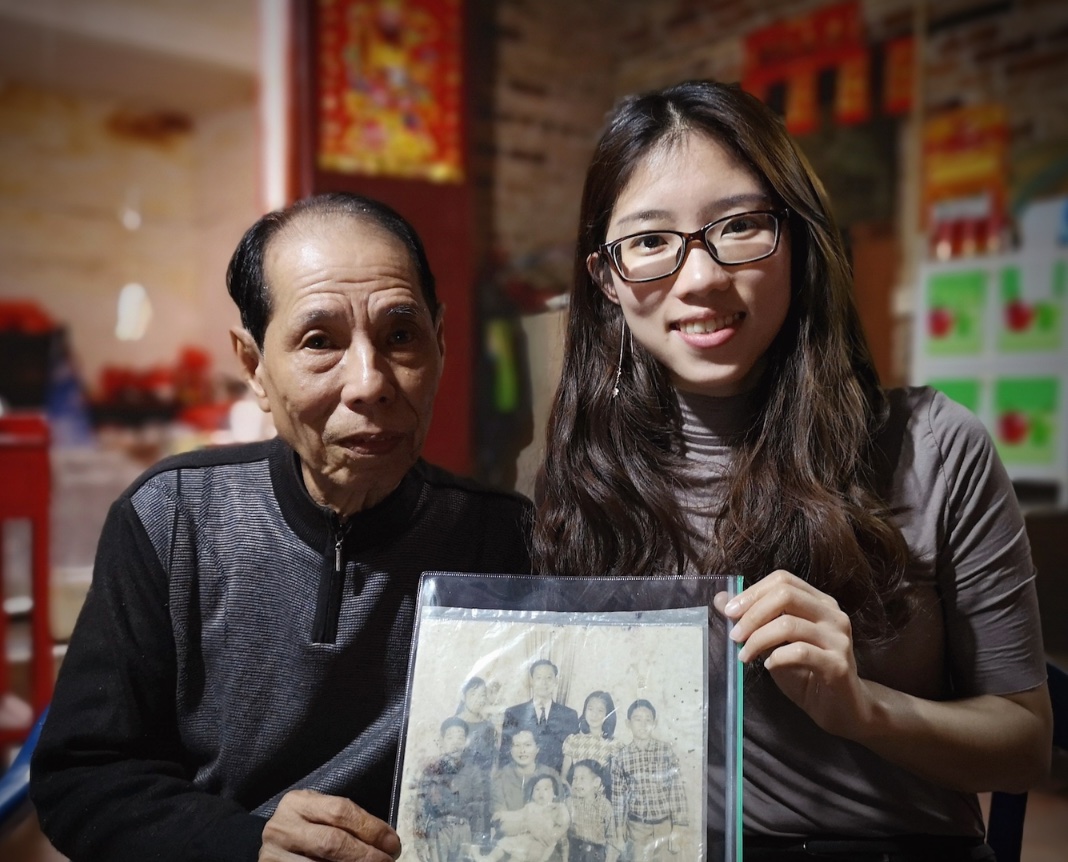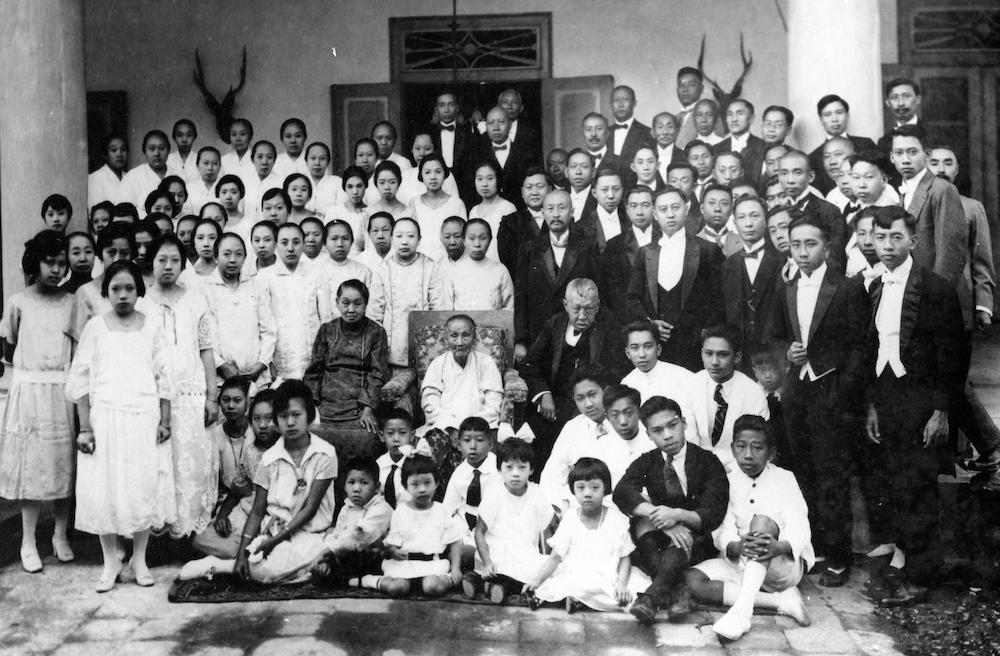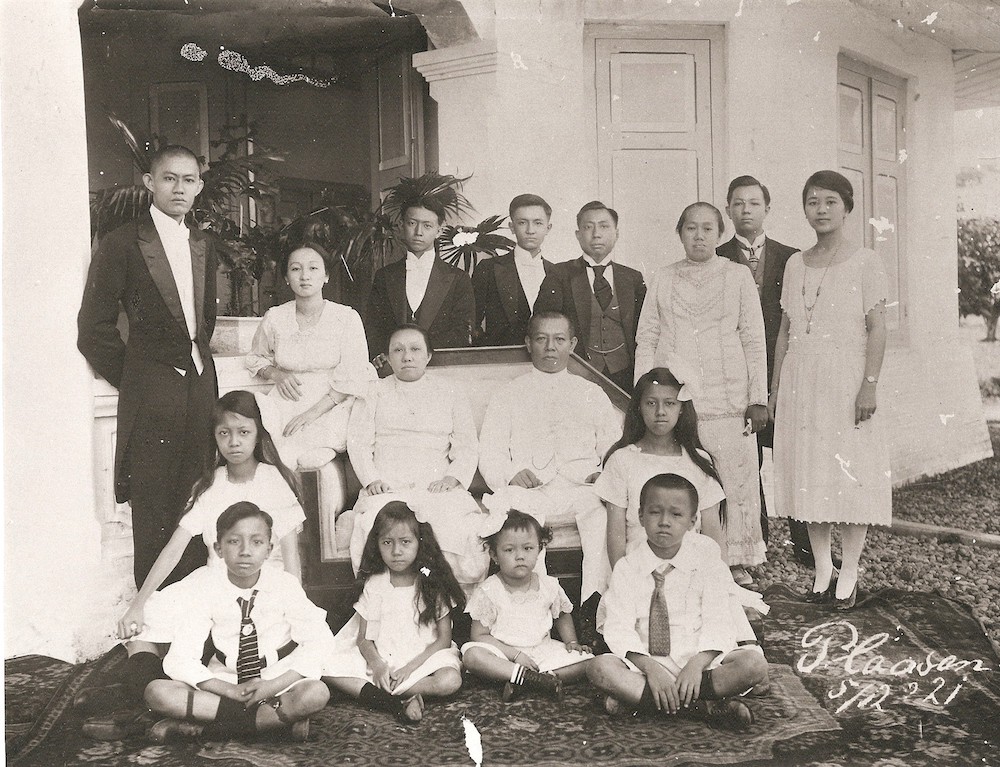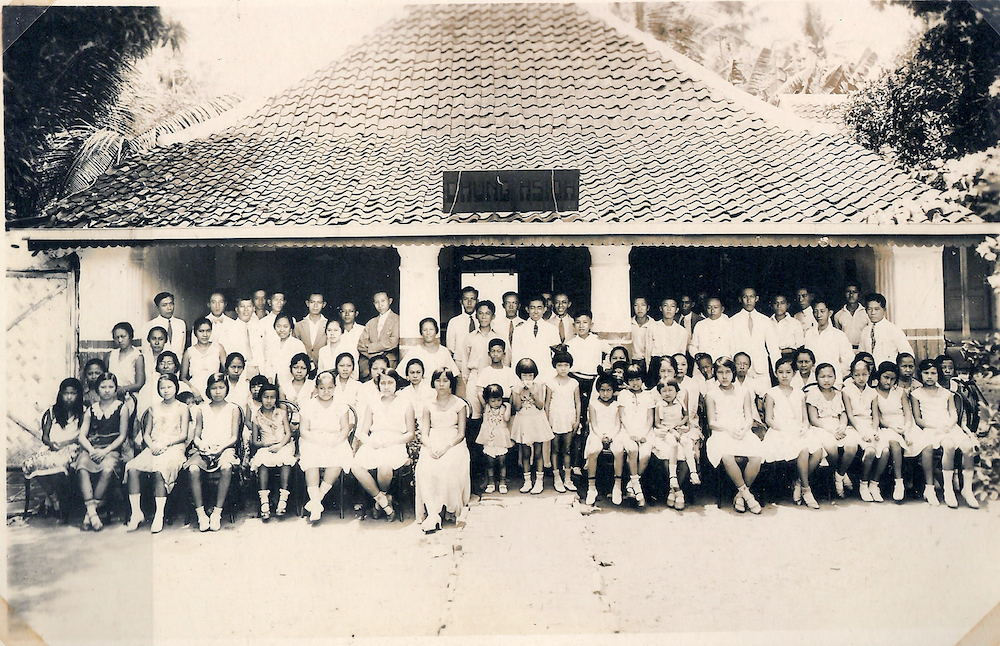
Know your history
The vast majority of Chinese-Jamaicans are Hakka, and arrived between 1854 and the early 20th century. There were four key migration waves:
- 400-500 people taken from Hong Kong (British experiment) and Panama (Panamanian disaster) as laborers
- Intra-Caribbean Chinese migration: laborers mainly brought from Trinidad and British Guiana
- 680 laborers took a 2-month trip from Hong Kong: almost entirely Hakka, and all from the same area, namely in and around today’s Shenzhen, i.e. Dongguan, Huiyang and Bao’an in Guangdong province. Established base in Jamaica.
- Chain migration late 19th-early 20th century: those in Jamaica told their clan members and fellow villagers back home about the commercial opportunitiesand helped them with the practicalities of the overseas journey.

While the majority of Chinese Jamaican immigrants did not arrive as indentured laborers (or “coolies”), it was because of the coolie trade that the first groups of Chinese arrived. In turn, it was because of these “early arrivers” that a social infrastructure was established that made it possible for larger numbers of migrants to follow.
For more info on the history of Hakka migration, see this report compiled by My China Roots for the CBA of Jamaica.

Getting started
Unlike central, state or Church authorities in the west, in China it was families and clans (=extended families) who kept most identity-related records. So, the first step to tracing your Chinese ancestors is to find two key bits of information:
- Your ancestor’s name in Chinese characters.
- The name of their hometown/ancestral village in Chinese.
Where to look:
- Speak to family: older relatives might know more
- What is your Chinese surname? Sometimes, names and surnames got lost in translation during immigration. As a result, you may find individuals with the same Chinese surname spell it differently in English.
- You can use My China Roots’ Surname Database to identify your surname in Chinese
- Look for clues and documents:
-
- For official records, the FamilySearch Jamaican Civil Record Collection should be your first port of call: simply register for free to browse their database of Jamaican birth, marriage and death certificates.
- Ask your family if they kept any records about your ancestor(s): IDs and passports, Immigration and travel documents, letters and remittances, or even newspaper cuttings or obituaries could hold useful clues.
- Look for your Chinese ancestor’s gravestone: typically, Chinese gravestones include the full name of the deceased in Chinese characters, as well as a detailed place of birth. The main Chinese cemetery in Jamaica is located in Kingston.
- In 1891, the Chinese Benevolent Society (the precursor of the Chinese Benevolent Association of Jamaica) was established to formally take on the role of helping newcomers with accommodation, employment, and a social network upon arrival. Today, the Chinese Benevolent Association (CBA) holds invaluable (and free) resources for Chinese Jamaicans hoping to trace their ancestors, such as:
- Kingston Cemetery Database: simply search by surname and date range to locate an ancestor in the cemetery. You can also see the original photos of the tombstones, and of the burial logs on the CBA website.
- Database of China Villages that Chinese Jamaicans came from. These villages have been mapped based on the Kingston cemetery’s graves and registers.
- Lee Tom Yin’s book Chinese in Jamaica, published in 1957 and 1963 respectively. This bilingual book includes extensive biographies, photographs, adverts and social events concerning the Chinese community in Jamaica in the early –mid 1900s.

Once you’ve got your ancestors Chinese name and hometown… What next?
- Find the modern location for the village: many village names have changed over the last century, so you may need to do some research or contact local Chinese government offices for assistance.
- Your village is where you are most likely to find:
- Distant relatives. Did you know? Many of the Chinese migrants left a Chinese wife back home in China. They may have had other descendants in China.
- Temples: Each major clan (or surname) per village typically has their own temple, where they pay their respects to their forefathers.
- Ancestral homes: there may still be a house where your grandparents/great-grandparents lived in before going to Jamaica.
- Family history book / zupu: these are an invaluable record of family trees, clan traditions, migration stories and biographies, sometimes tracing back dozens of generations.
- If you can’t visit your village anytime soon, browse My China Roots’ digital database of zupus – you’ll need a name in Chinese to search.
- Oral histories: those that left were often the ones that sent money home to build roads, schools, houses. Often, their memory lives on in the minds of the inhabitants!
Need help with your ancestry research? Visit My China Roots or email us for a free quote.
About the Author

British-born Clotilde Yap is the Customer Relations and Product Manager at My China Roots, the world leader in Chinese family history research. From Jamaica to Indonesia and New Zealand, Clotilde and the My China Roots team have worked with over 200 families from around the globe to trace their Chinese ancestry, connect with relatives, and visit their ancestral home. For help tracing your family tree, email the experts at [email protected] or visit My China Roots for more information!








